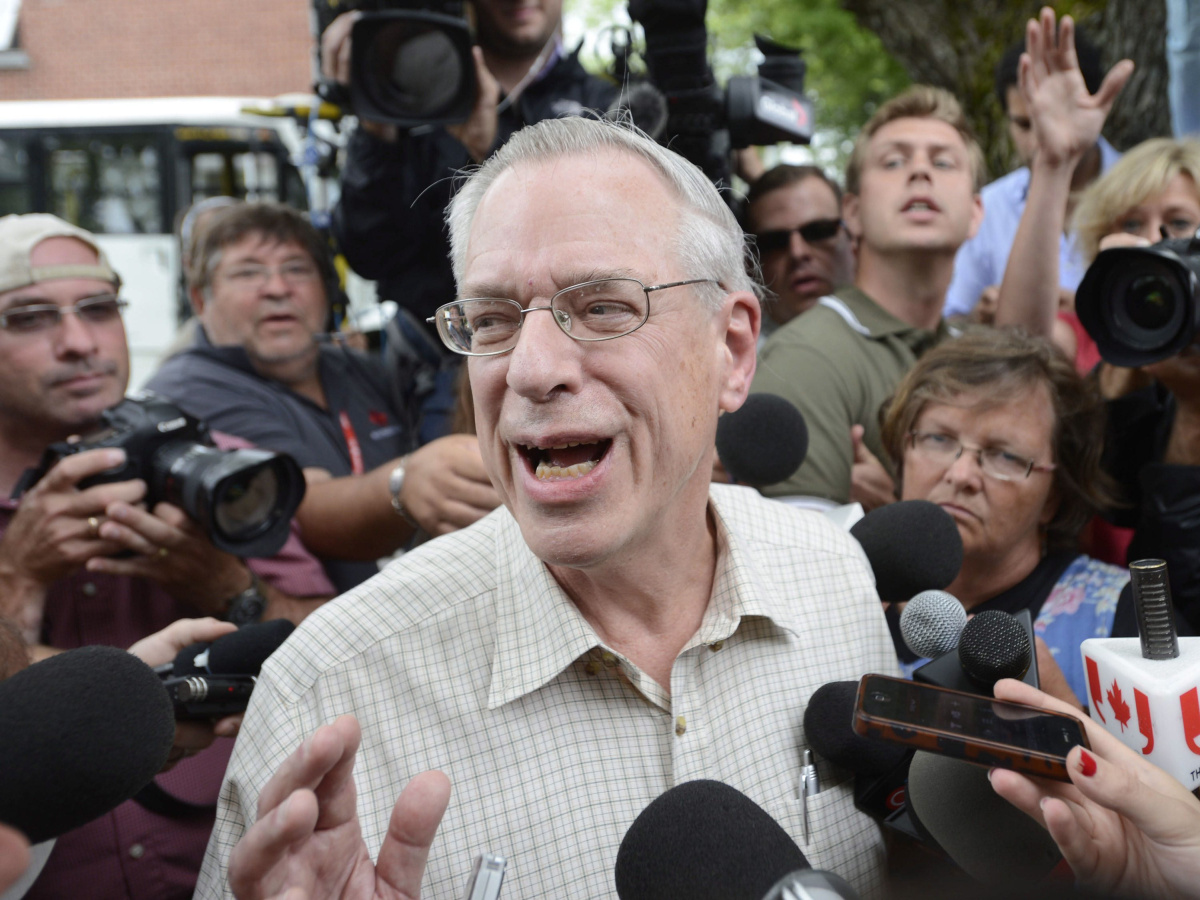You would have thought that with over 50 people dead following a runaway train destroying the heart of Lac-Megantic in Canada, the rail company would be focused solely on the human impact of the tragedy.
Not so if you are Edward Burkhardt, chairman of Montreal, Maine and Atlantic Railway.
Generally, his media interviews have been terrible:
And he has sparked an extraordinarily dangerous “blame game” between himself, an employee engineer and the emergency services. Burkhardt first suggested that the fire brigade had caused the disaster by causing the brakes to fail when they had been called earlier in the day to extinguish a fire on board the train. He then singled out an employee as culpable, questioning whether he had properly set enough hand brakes, suspending him without pay and declaring that ‘in my personal opinion’ the employee would not work for the company again.
We saw the same with the Costa Concordia accident when the cruise company rushed to blame the ship’s captain. This is always a risky crisis management strategy.
It creates the impression of a business willing to jump to conclusions before all the facts are known, rather than keeping a cool head. It implies a separation between company and employee which could be perceived as artificial and infers that the business’s top priority is protecting its own commercial interests and will use any means to do this, rather than focusing all attention on the human impact at this early stage. This compounds the public anger that Burkhardt did not visit the scene of the disaster for two days because he said he had to “communicate with insurers and various officials” in Chicago.
It’s worth revisiting an example of how to handle a rail tragedy: Richard Branson’s handling of the derailment of a Virgin Pendolino Train at Grayrigg, Cumbria.
His approach is different from Burkhardt’s in nearly every respect. Firstly Branson cut short his holiday to immediately attend the site. In crisis, you must be seen to exercise ‘grip’. Burkhardt’s remaining in Chicago for two days created another unnecessary media issue in the heat of the crisis. Quebec Premier, Pauline Marois, described his attitude as “unacceptable” and “deplorable”, telling a news conference: “the leader of this company should have been there from the beginning.”
Another important lesson is that it is risky giving a press conference with the wreckage of your company in the background (try to find more neutral locations!) Branson was able to do so because he had already been assured that a points failure was to blame. Burkhardt however gave his press conference from the chaos of the scene, with emergency services vehicles and cordons in plain sight and in the middle of a residential street, which only drew attention to the fact that his crisis had affected the whole community.
Be human – it is what audiences and journalists want. Branson is clearly emotionally affected by the tragedy and his hesitant speaking style (which is not unusual for him even in non-crisis situations) reinforces this. The audience can see that he cares about ‘people’ here and he later dismisses the blame/ sue question, turning it to talking about people and safety.
And what if investigations conclude that the engineer was not to blame? In this situation, Burkhardt’s early assertion would be hugely damaging to reputation.

